For millennia it’s been the case that we seek help with physical ailments, whether this is from a doctor or just talking to a friend or family member about it. Broken leg? Heart issue? Off to the doctor we go. Yet when it comes to the chemistry in our brains (which some may argue is rather an important organ), it’s historically been the case that we are expected to ‘just deal with it’.
Fortunately, we live in an era where people are becoming more comfortable broaching the topic of mental health, alongside an increase in funding and research into the topic. Imbalances in our brain chemistry are starting to be treated with the same seriousness and compassion as other physical ailments. There is also a secret weapon when it comes to some of the illnesses that impact our brains, beyond just chemical medical interventions: the brain itself. Talking therapies such as Cognitive Behavioural Therapy, exercise, spending time doing the things you love alongside people you love; all of these have been proven to help aspects of our mental health. In some studies, talking therapies have been shown to work as well as medication in some circumstances, and in other circumstances it’s been shown that they increase the efficacy of pharmaceutical interventions. Our brains are truly powerful, which can be both a curse and a blessing.
Another positive outcome of the growing awareness of mental health is that it’s losing its stigma. If you are struggling with a broken leg, people wouldn’t think twice about offering you support and compassion. We’re now starting to see this when people are suffering psychologically. The growing willingness to acknowledge and talk about these things has shown that all of us are susceptible to them, which opens up the conversation and helps to remove the taboo, encouraging people to talk to someone if they’re struggling.

What has this got to do with bushcraft?
Bushcraft, the communities surrounding it, and the personal reflections we can have as a result can all provide benefits to the noggin. Here I’m going to list a few that I’ve found beneficial, maybe they’ll benefit you too.
It puts you in an environment conducive to healing. There are multiple studies proving that green space is beneficial to mental health, with some evidence suggesting that those who live around green spaces are 20% less likely to suffer from anxiety and depression. Research consistently demonstrates that spending time outdoors has a positive impact on mental health, including a reduction in stress, improved mood, and lower risk of anxiety and depression. It’s also been shown that people who identify as being more connected with nature are usually happier and feel their lives are more fulfilling.
Your brain can relax whilst you focus on tasks. If you’ve ever sat carving a stick with a knife, you’ll know the paradox of being fully focused, while mentally at ease. Whilst in reality there is some thought, this is limited to ‘I should move my thumb out of the way for this cut’ or ‘I need to remove a bit more wood just here’. Small, granular thoughts that are very much in the moment. You aren’t thinking about the stresses and concerns of life outside of the moment, because you need your attention on the task at hand. In combination with an acceptance to take your time with slow, methodical progress, this is a fantastic way of calming the brain. This works for the myriad of other activities within bushcraft, too. Fire making, building a shelter, processing wood, identifying useful or edible flora and fungi, and tracking wildlife; they all demand full focus and presence.
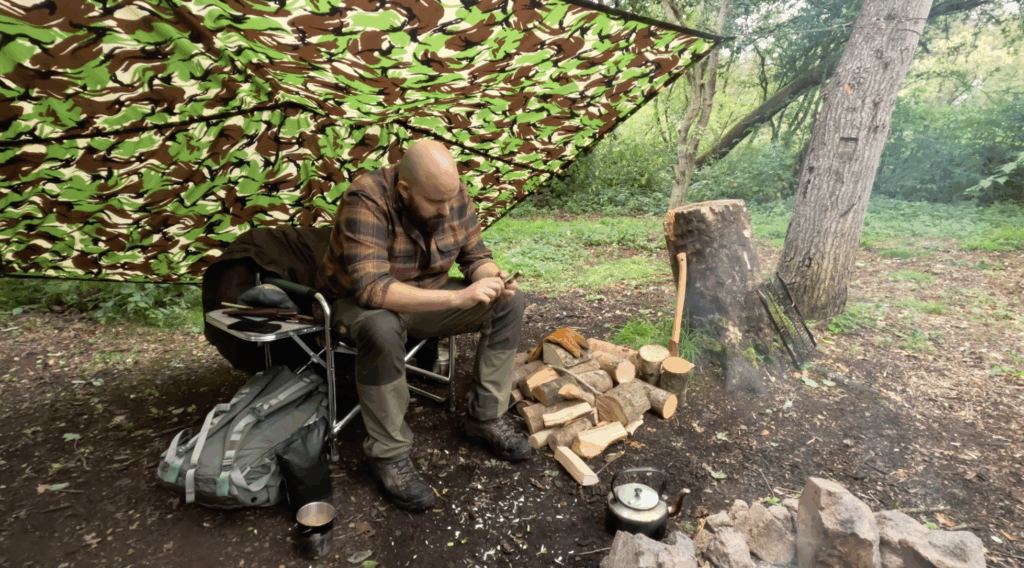
You are learning. Learning is an enriching activity, and for every piece of information you learn, it opens up ten more learning opportunities. This can lead you down paths filled with wonder and joy—just ask any naturalist.
Bushcraft can provide a sense of community. There’s a host of bushcraft communities, events and meet-ups to get involved in. As well as online discussion communities such as those on the Bushcraft UK Forum, or the multiple, yearly, BushMoot events, there are also opportunities to join much smaller groups of like-minded people for whom bushcraft is a passion such as by going on a course. There really is something out there for anyone and even if you usually prefer your own company, there are events or courses which provide the unparalleled opportunity to learn skills from others and then retreat back to your quiet corner of the woods to practice and reflect.
It connects you to tens of thousands of years of humanity. Whilst the world can often feel divided with wedges driven between people based on politics, belief, nationality or football team, bushcraft provides us with an opportunity to remember that we are ultimately all human beings who share the same history, same struggles, same successes and the same base desires. Sitting by a fire, whether alone or with a group of people, is something that we have been doing for thousands of years (source) . From the very first hunter gatherers, throughout history until this present moment, human beings have been doing what we now call ‘bushcraft’. If you want to feel the same emotions, face the same challenges and have the same elation as thousands of humans throughout our history, why not sit down and weave a basket or carve a wooden whistle? Or simply enjoy being present in the moment, enjoying the warmth of a fire as the drifting wood smoke gently punctures the woodland around you with the smell of safety and home.
Reflecting on the environment and how you fit into it. How many millions of us are busy running the daily rat race, completely oblivious to the fact that we are a living organism living on this planet, fundamentally no different to the trees or animals we share it with? Whilst at first it may feel scary to acknowledge that we are just organisms living a transient existence on this mortal plane, it can quickly lead to a feeling of joy and gratitude. How lucky are we to not only exist, but to have the ability to reflect on the fact that we are alive and a part of a beautiful and exciting world? Try sitting in the woods some time and just looking at any individual thing you see around you. It could be a leaf, it could be a huge oak tree, it could be a creature or a fungus. Isn’t it amazing how this one thing came to be? Whether you believe this is the culmination of millions of years of evolution or the work of a creator, isn’t it almost beyond imagination that this came from nothing and now you are able to sit here appreciating it? What a privilege this is. Even more so once you realise you are surrounded by billions of examples of this. How do we fit in and thrive within this environment whilst also giving back to it?
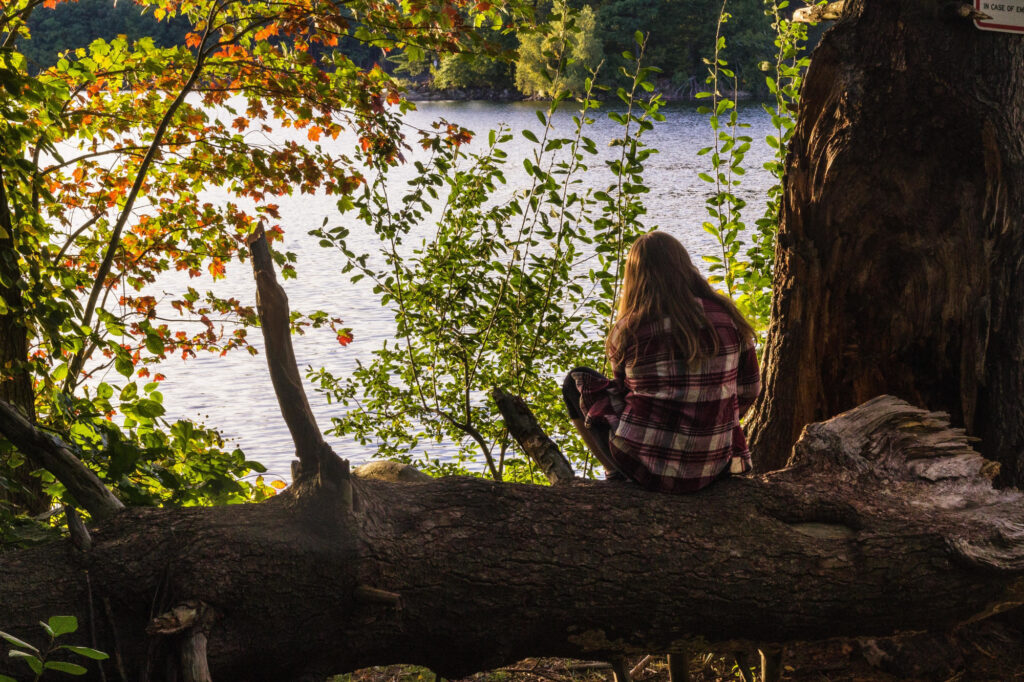
If you’re reading this article and think that the above sounds like something you’d like to experience, why not give it a go? Try a garden or walk along a public footpath, pay attention to the things you see. If you’re unable to get outdoors, you could try whittling a stick into something, or observing wildlife from your window and looking for patterns in its behaviour.
BushMoots provide an opportunity to meet a host of wonderful people from a range of backgrounds, whilst learning skills and techniques from people so generous with their knowledge. They also provide the time and space for peace and quiet. At the time of writing this article, the MindMoot is just a month away and is specifically set up around bushcraft practice in combination with mindfulness and reflection. The summer BushMoot is also just a few months away, which is a twelve day event with a wide range of workshops and activities, and a great way to escape the hustle and bustle of day-to-day life.
Sometimes the hardest step of all can be the first one. You don’t need to do more than you are comfortable with and you can always get somewhere and decide you want to go home if it’s all a bit too much. I found it useful to break this up into manageable, bitesize chunks:
- Put boots on
- Drive or walk to a place to do the activity
- Timebox an hour and think “I will do this for an hour, after which if it is too much I can go home.” Once an hour passes, you may be so absorbed in the activity that you forget all about time
- If the hour passes and you’re still unsure, take a moment to reflect. Would you like to stay a bit longer? If not, you can head home whenever you want to
- Scale this however you please – you can use minutes, hours or days
Remember that at any point in the steps above, you can choose to go home if it’s all a bit too much. However far you get, be kind to yourself and know that taking even the seemingly smallest step is an achievement compared with the potential version of you who didn’t put their boots on.
Finally and most importantly of all please talk to someone if you are struggling or need help. If you see a friend or loved one struggling, perhaps offer to be a listening ear for them.
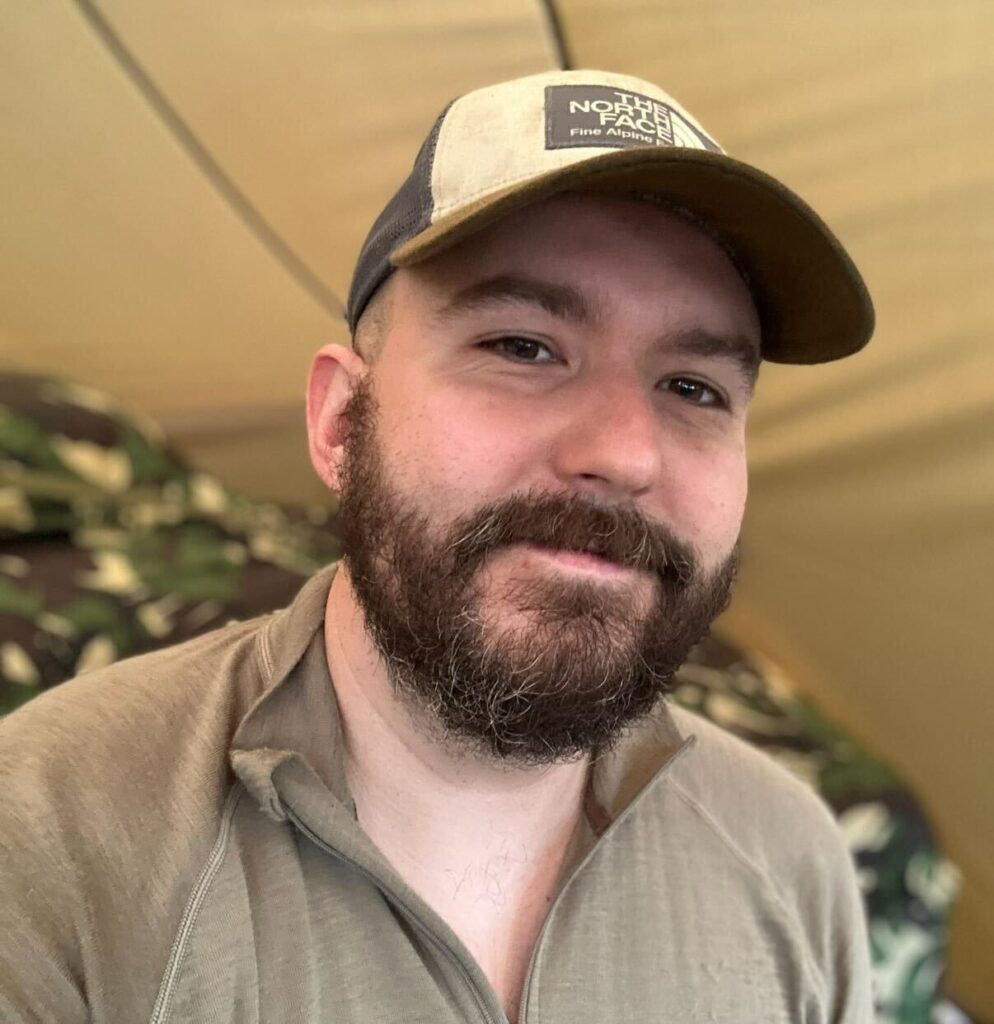
“Chris spends as much time as he can outdoors, whether camping, hiking or just sitting in the woods enjoying a cup of tea brewed up over a twig stove, often with his dog Finn. A proponent of open discussion about mental health, a lover of music and a proud husband.”

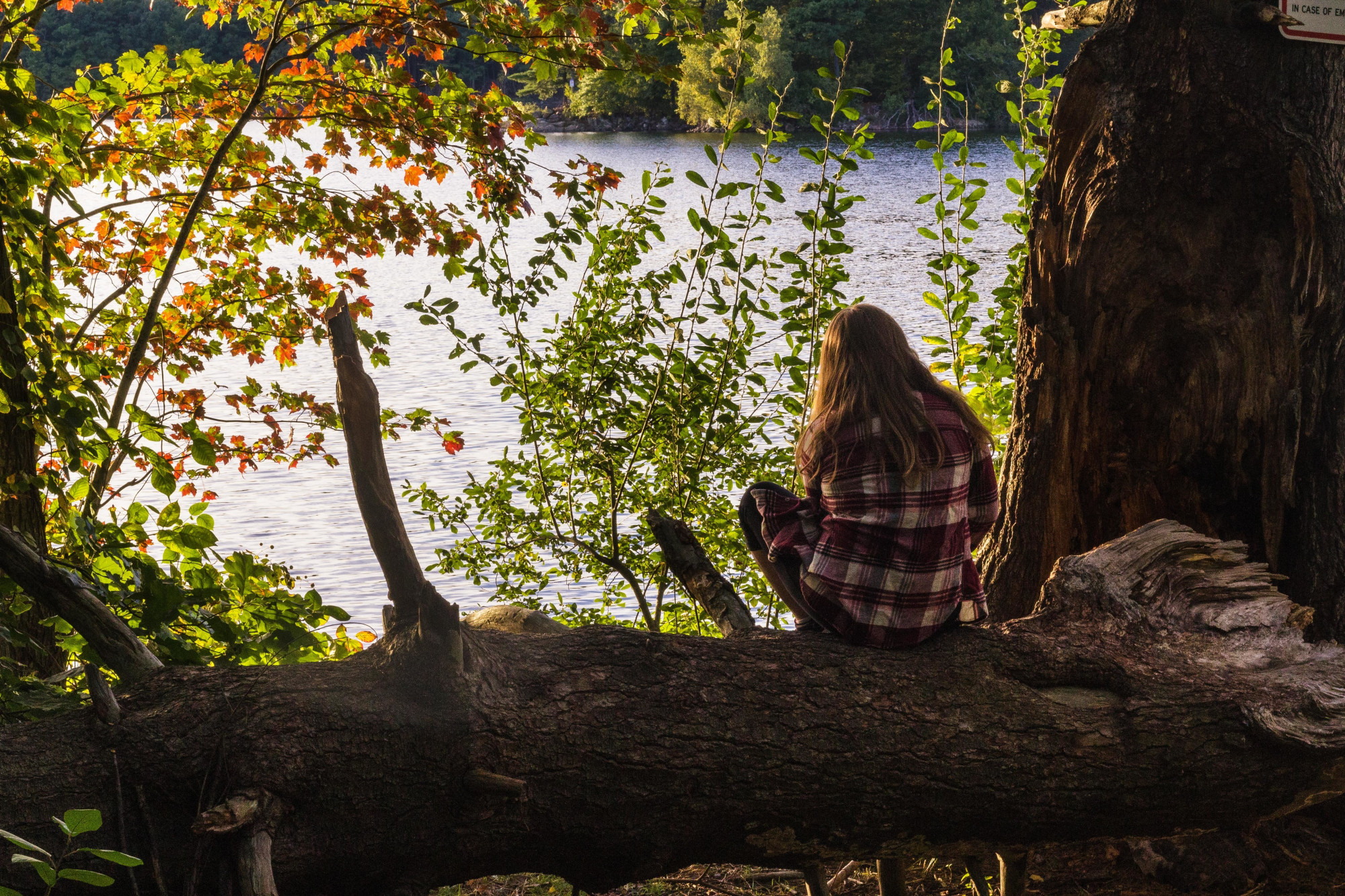

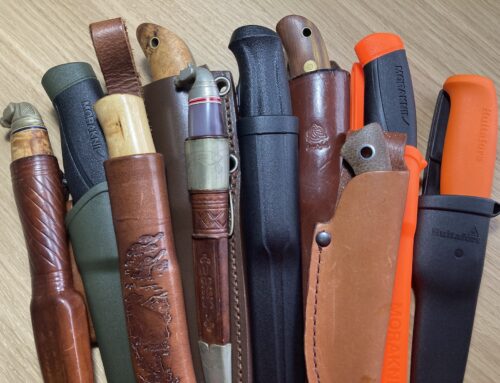
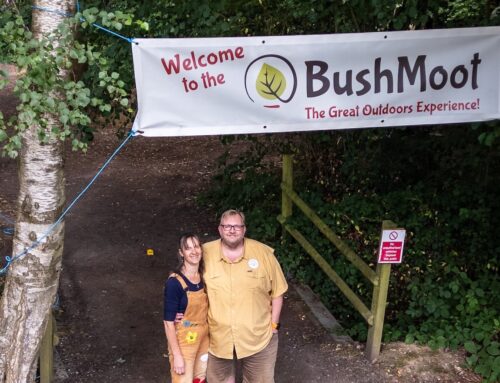

Leave A Comment
You must be logged in to post a comment.